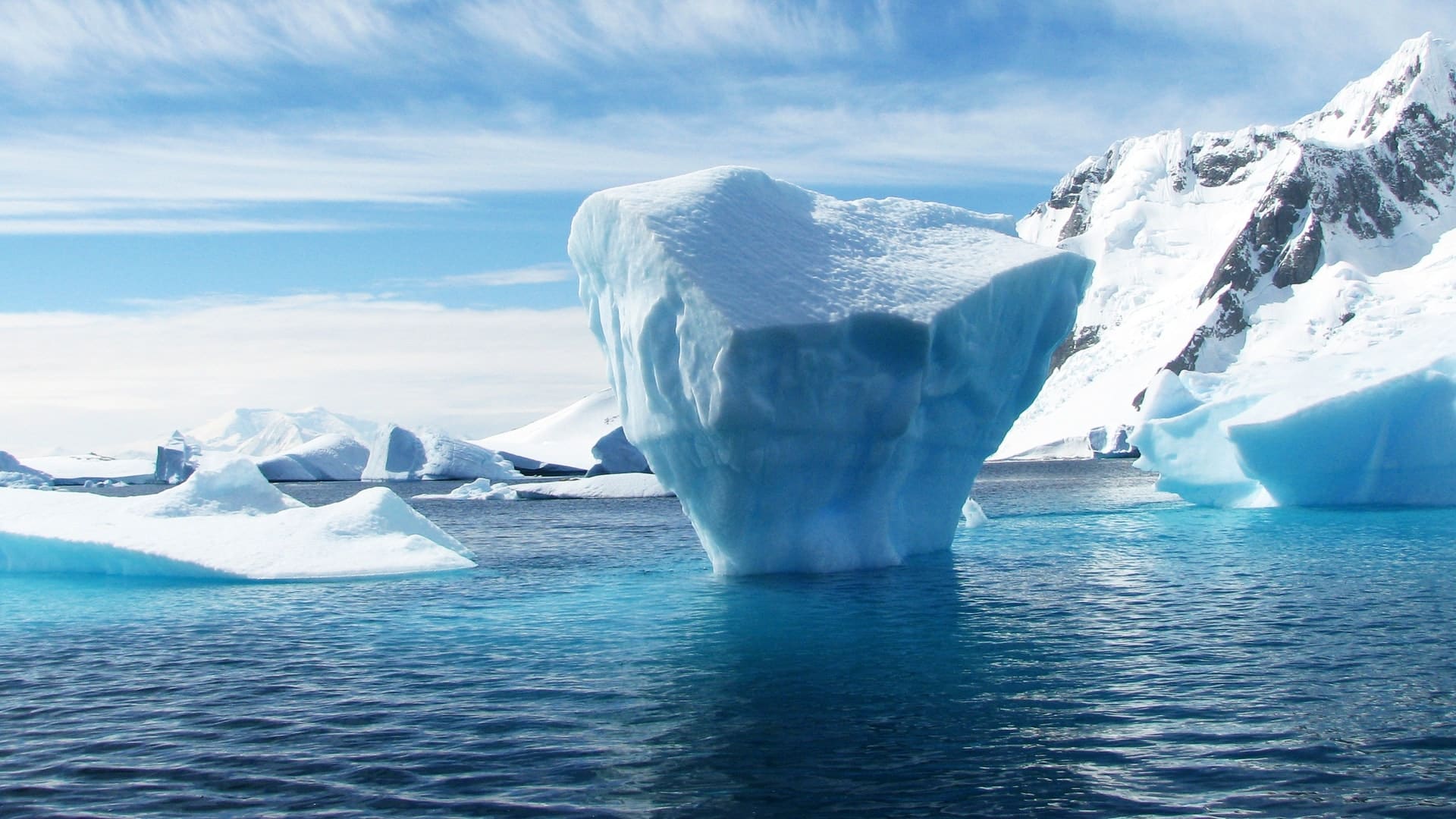Environment
Nanoplastic pollution detected in Earth’s poles for the first time
For the first time nanoplastic pollution, smaller and more toxic than microplastics, has been found in Earth’s North and South Poles. This shows that tiny particles are now pervasive around the world. These nanoparticles have not only infiltrated the environment but people’s health as well. Plastic pollution has been found from the summit of the Mount Everest to the depths of the oceans.
Reports say that nanoparticles are very light and are thought to be blown to Greenland on winds from cities in Asia and North America. These have also been found in sea ice in McMurdo Sound in Antarctica and have much likely transported by ocean currents.
Dusan Materic, the lead researcher at Utrech University in the Netherlands, said they detected nanoplastics in the far corners of Earth, both south and north pole regions. “Nanoplastics are very toxicologically active compared to, for instance, microplastics, and that’s why this is very important. The Greenland ice core was 14 metres deep, representing layers of snowfall date to 1965. The surprise for me was not that we detected nanoplastics there, but that we detected it all the way down the core,” he said. “So although nanoplastics are considered as a novel pollutant, it has actually been there for decades.”
Materic’s team had to develop new detection methods to analyze the much smaller nanoparticles. Previous work have suggested that dust worn from tyres was likely to be a major source of ocean microplastics and the new research provides real world evidence. The new study found 13 nanograms of nanoplastics per millilitre of melted ice in Greenland but four times more in the Antarctic ice. This may be because the process of forming sea ice concentrates the particles.
It said that half the nanoplastics in Greenland were polyethylene (PE), which is used in single-use plastic bags and packaging. A quarter were tyre particles and a fifth were polyethylene terephthalate (PET), which is used in drinks bottles and clothing. Half the nanoplastics in the Antarctic ice were PE as well, but polypropylene was the next most common, used for food containers and pipes.
Also Read: EC’s ban on physical rallies ends election-related travel, charter flight operators hit
The researchers took samples only from the centres of the ice cores to avoid contamination, and tested their system with control samples of pure water.









































